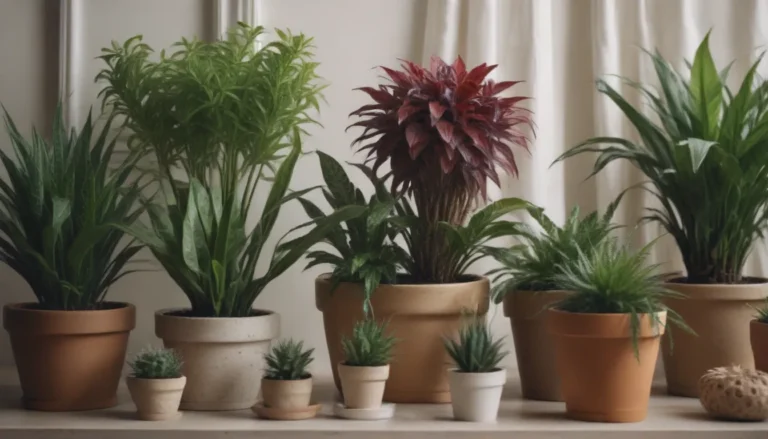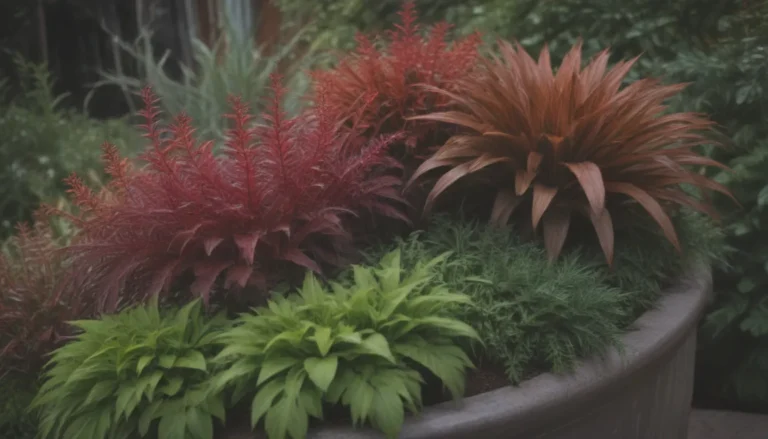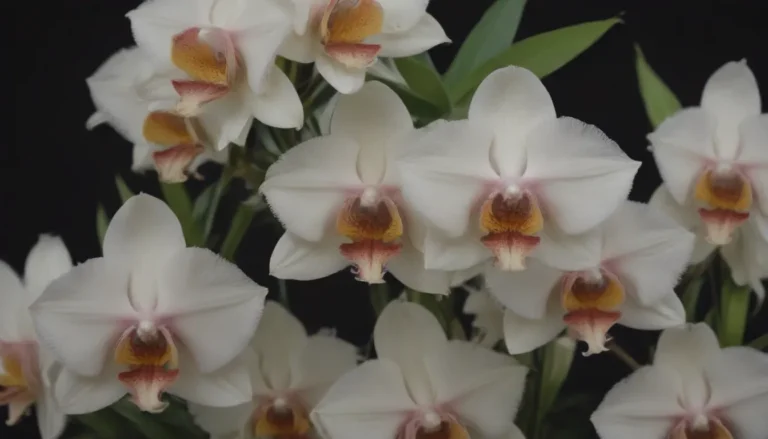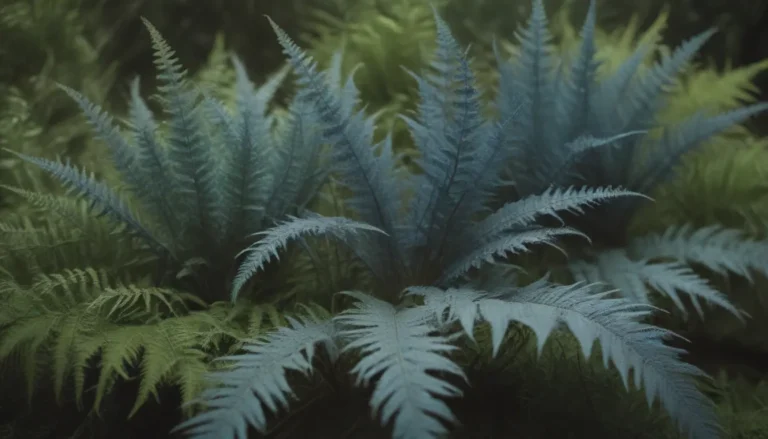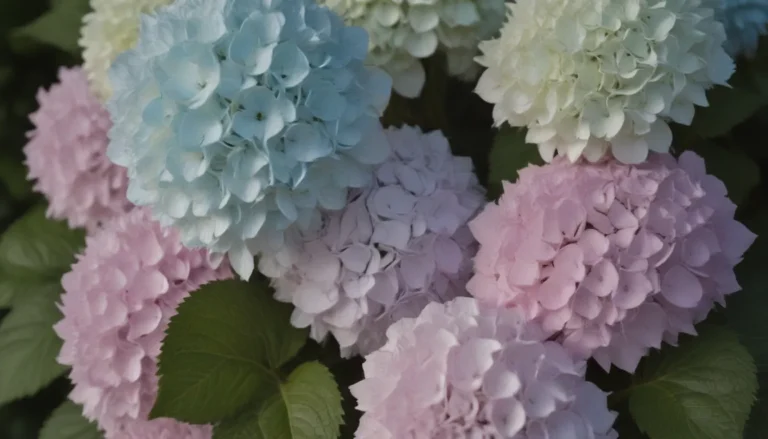Comprehensive Guide to Growing and Caring for Actaea Plants
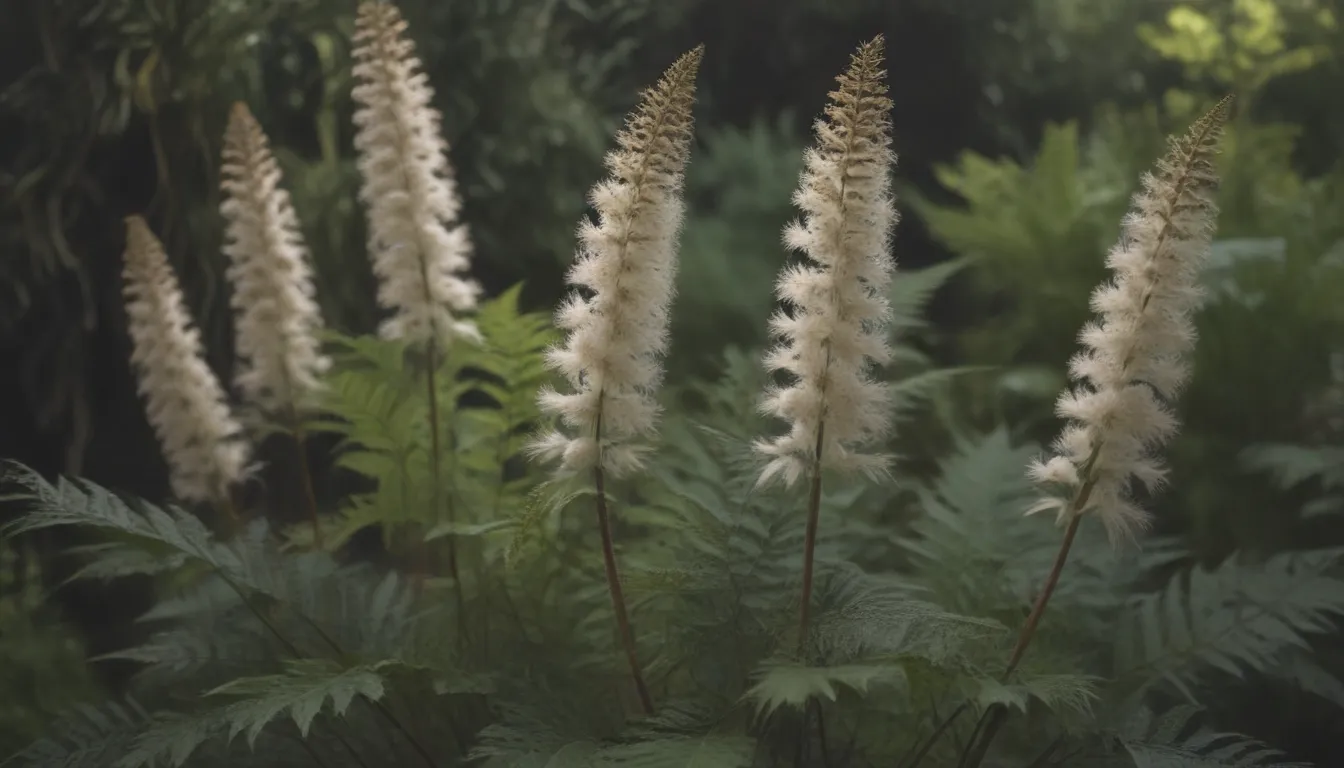
Are you looking to add some unique and beautiful plants to your shade garden? Actaea, also known as bugbanes, might be just what you need! These slow-growing plants with dark foliage can add a touch of elegance to any garden. In this in-depth guide, we will cover everything you need to know about growing and caring for Actaea plants. Let’s dive in and discover the beauty of these stunning plants together!
Overview of Actaea Plants
Actaea plants are slow-growing perennials that form a loosely formed clump with serrated leaflets, resembling those of the lacy Japanese maple. These plants bloom from summer through fall, with stems bearing bottlebrush-shaped flowers that can reach up to a foot long. The flowers do not have petals but are composed entirely of stamens, giving them a fuzzy appearance. Actaea plants are non-invasive and produce white, red, or purplish-black berries on thick, red stalks. The white berries with a black dot are commonly known as “Doll’s Eye.” It is important to note that all parts of the plant are toxic to humans and pets, especially the berries and roots.
Actaea Care Tips
Taking care of Actaea plants requires some attention to detail, but with the right conditions, these plants can thrive in your garden. Here are some essential care tips to help you grow healthy and beautiful Actaea plants:
Light
- Actaea plants prefer partial to full shade.
- Morning sun exposure is ideal, as it provides enough energy for prolific blooms without scorching the foliage.
Soil
- Plant Actaea in rich, well-amended soil with leaf mold, rotted manure, or compost for optimal growth.
Water
- Ensure the soil remains consistently moist, providing about one inch of water per week.
- Avoid letting the plants dry out during the growing season to prevent wilting.
Temperature and Humidity
- Actaea plants prefer moderate temperatures and should be kept in cooler, shaded areas to avoid heat stress.
- Humidity levels are not a critical factor in typical growing zones for these plants.
Fertilizer
- If you regularly amend the soil with organic matter, additional fertilizer may not be necessary for Actaea plants.
Types of Actaea Plants
There are several varieties of Actaea plants, each with its unique characteristics and beauty. Here are some popular types of Actaea plants you can consider for your garden:
- ‘Brunette’
- ‘Hillside Black Beauty’
- ‘James Compton’
- ‘Misty Blue’
- ‘Pink Spike’
Pruning and Propagating Actaea Plants
Maintaining Actaea plants doesn’t require much effort in terms of pruning. Deadhead the tips when they begin to wither, and cut the plant down to the ground in the fall for rejuvenation in the spring. Actaea plants can be propagated through seeds or division, with fall being the ideal time for dividing mature clumps.
Common Pests and Plant Diseases
Actaea plants are often called “bugbane” for a reason – bugs tend to stay away from them. However, root rot can occur in overly wet soil conditions. To prevent issues like rust spots on leaves, ensure proper watering techniques and consider using treatments like neem oil or commercial fungicide if needed.
How to Encourage Blooming in Actaea Plants
Actaea plants are slow to establish but can provide beautiful blooms from summer through fall with the right care. To encourage blooming, ensure adequate watering and deadhead flowers when the blooming period ends. Actaea plants pair well with other shade-loving plants like cardinal flower, hostas, Solomon’s Seal, and columbine for a stunning garden display.
In conclusion, Actaea plants are unique and beautiful additions to any shade garden. With proper care and attention to their needs, these plants can thrive and provide you with stunning blooms year after year. Whether you’re a seasoned gardener or a novice looking to add some variety to your landscape, Actaea plants are sure to impress. Happy gardening!
